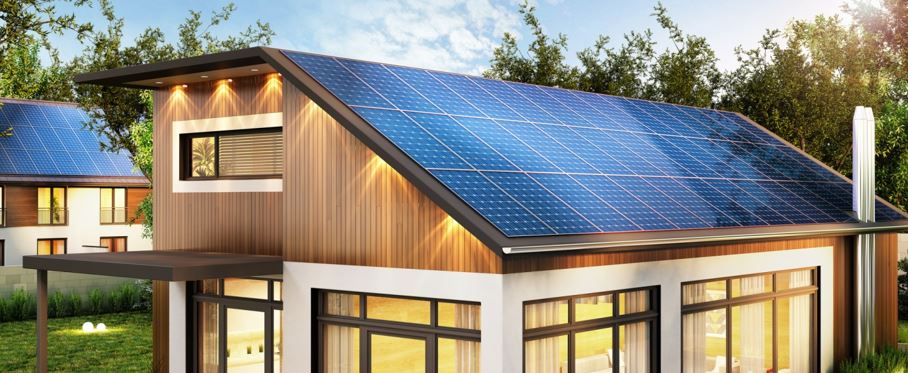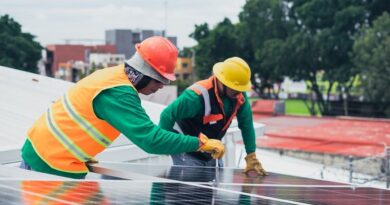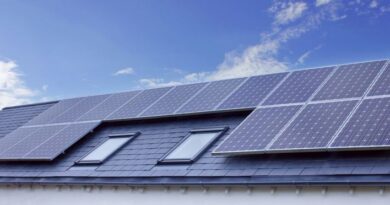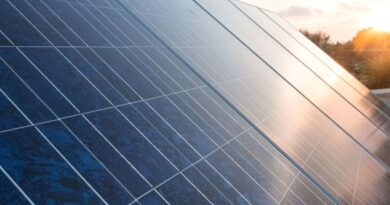The Essential Guide To Community Solar Projects
States have begun recognizing the advantages presented by shared renewable energy. There are 41 states and D.C. with no less than one community solar project. By the second quarter of 2021, a total of 3.6 gigawatts had been installed.
For perspective, one gigawatt can power 110 million LEDs. Community solar projects are gaining popularity across the country. It might be impossible for everyone to install solar panels on their property.
Community solar, however, makes it possible to receive the benefits of solar energy without installation.
But what are community solar projects, how do you access them, and what are their benefits? Read on for a complete guide on this shared renewable energy.
What Is A Community Solar Project?
Community solar projects entail a purchasing program in a given region, where many customers enjoy the advantages of a solar project. Through shared solar panel systems, individuals produce solar power for their property. They also receive an electric bill credit due to the excess power generated.
The process is referred to as net metering. Homeowners, businesses, renters, consumers, and not-for-profit organizations are eligible for community solar.
The only qualifying factor is for you to reside or work in the project’s service region. Local authorities, electric co-ops, and municipal utilities can oversee community solar projects.
How Does It Work?
Community solar projects have two different participation models; ownership and subscription. The ownership model lets you own a particular number of kilowatts from the overall capacity generated by the project.
With it, you may only buy shares equivalent to your yearly electricity consumption. You then get electric bill credits from the output generated by your purchased solar panels.
With the subscription model, you purchase power at a reduced rate compared to getting it from your utility. The result is that you pay less for your electric bill every month.
Community solar projects are also categorized into on-site or off-site. Real estate developers lead on-site projects, and a private system transmits the power.
It helps people save on transmission and utility costs. Only property owners within the real estate project can benefit from the power. Off-site projects depend on the local electric grid and serve many people.
What Are The Advantages of Community Solar?
Community solar allows people who can’t install solar panels on their property to enjoy the advantages of solar energy. One thing that prevents people from installing solar panels is inadequate solar resources.
Community solar lets you save on cost on your electric bill. Also, if you move within the project’s service region, you can move with your solar savings. The maintenance of the solar project is not your responsibility.
Instead, the project supervisor takes care of that. If you wish to install solar panels on your property in the future, consider relying on professionals like blue raven solar company.
Joining Community Solar Projects
Installing solar panels is just one way to benefit from renewable energy. Community solar projects allow you to enjoy the advantages and share costs with other people. Going through your utility and local government pages is a great way to discover community solar projects in your area.
You can join as an owner or subscriber. The project may take place on-site or off-site. It also has many advantages, including lower power cost and the ability to move and still maintain solar power supply.
For more informative posts on energy, browse this page now.




